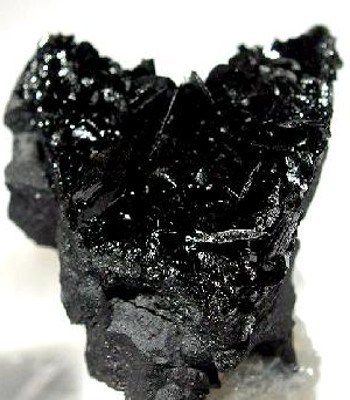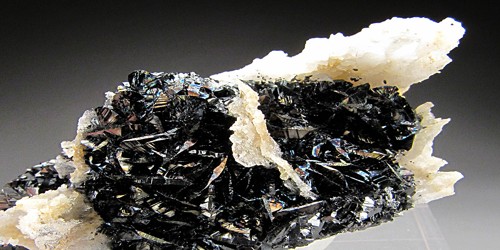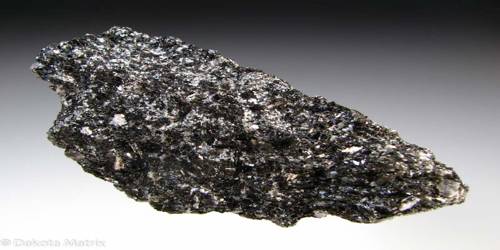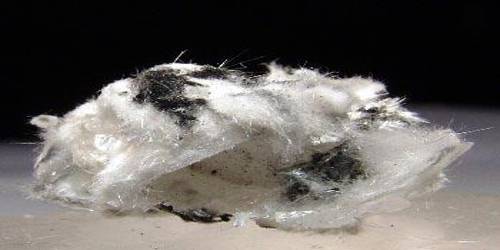Groutite is a manganese oxide mineral with formula Mn3+O(OH). It is a mineral consisting of manganese, hydrogen, and oxygen, polymorphous with manganite, and belonging to the diaspore group. It is a member of the diaspore group and is trimorphous with manganite and feitknechtite.
It was first described in 1945 for an occurrence in the Mahnomen mine, Cuyuna Range, Crow Wing County, Minnesota and named for petrologist Frank Fitch Grout (1880–1958), of the University of Minnesota. It was named to honor Frank Fitch Grout, a professor, and petrologist at the University of Minnesota in the United States.
General Information
- Category: Oxide mineral
- Formula: Mn3+O(OH)
- Crystal system: Orthorhombic
- Crystal class: Dipyramidal (mmm)

Fig: Groutite – manganese oxide mineral
Properties
Groutite is an orthorhombic-dipyramidal blue-black mineral containing hydrogen, manganese, and oxygen. It forms lustrous black crystals in the orthorhombic system.
- Color: Jet-black
- Twinning: Reported, unknown law
- Cleavage: Perfect on {010}; less perfect on {100}
- Fracture: Uneven
- Tenacity: Brittle
- Mohs scale hardness: 3.5 – 4.0
- Luster: Brilliant submetallic to adamantine
- Streak: Dark brown
- Diaphaneity: Opaque
- Specific gravity: 4.144
- Optical properties: Biaxial (+)
Occurrence: A secondary mineral lining vugs in weathered banded iron formations (Minnesota, USA); manganiferous talc schists (Talcville, New York, USA); a metamorphosed stratiform zinc orebody (Franklin, New Jersey, USA); and a variety of hydrothermal orebodies (Arizona, USA).
It occurs in weathered banded iron formations, metamorphosed manganese ore bodies, and hydrothermal ore environments.
Association: Manganite, hematite, goethite, lepidocrocite, quartz, calcite
Information Source:
















